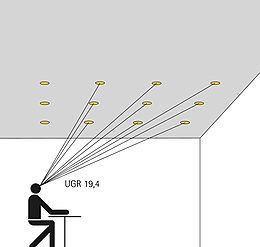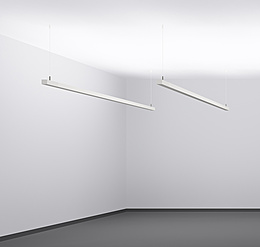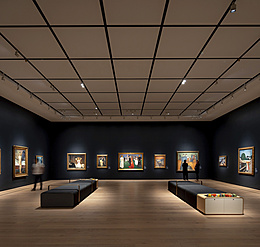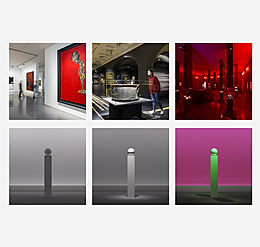
Vertical lighting, also called wallwashing, is a central component of lighting design according to the principles of Human Centric Lighting. Uniformly and brightly illuminated walls are able to fulfill different tasks. They provide orientation in the room, create visual expanse and emphasize the materiality of the wall, for example in the form of grazing light. The effect of illuminated walls can be used both indoors and outdoors. Indoors, vertical lighting emphasizes relevant areas of the architecture and gives rooms a sense of expanse. Outside, facade lighting structures squares and open spaces and thus borders the space.










